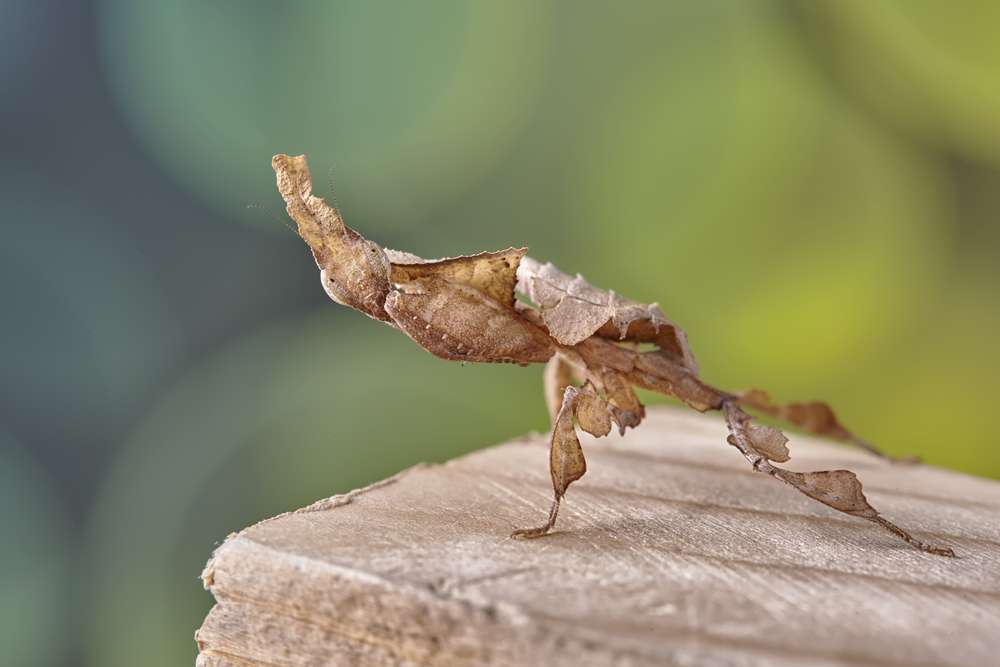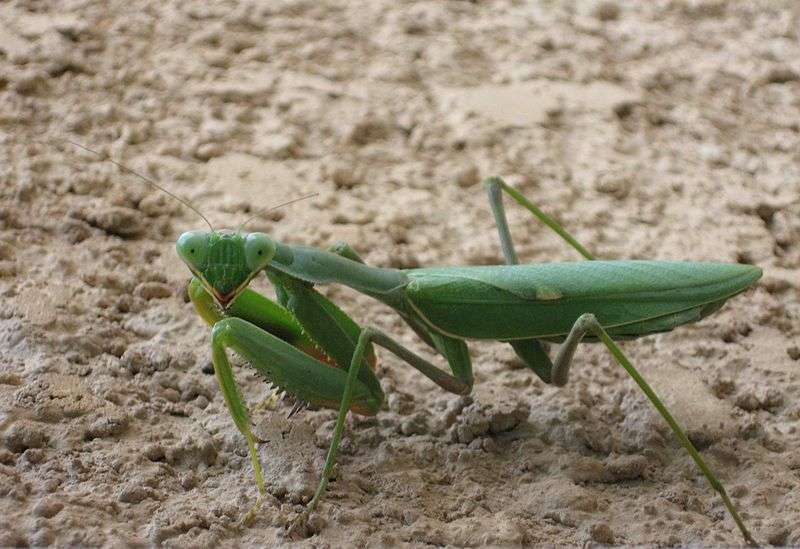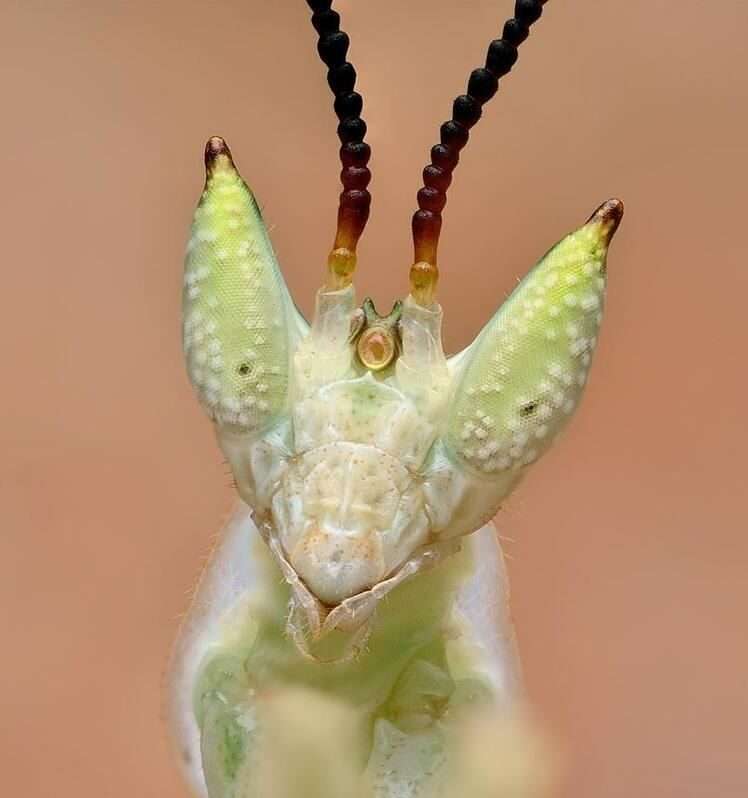
Description
Scientific Name: Phyllocrania paradoxa
Lifespan: 7-12 months
The head of the Ghost Mantis is shaped like a leaf, and its legs have lobes that resemble leaves. Each side of the abdomen has a jagged protrusion that adds to the look of a dead leafy branch. The Ghost Mantis’ colour can range from a nearly yellow light brown to a dark brown, and tints of green are also frequently seen, depending on the temperature, humidity, and UV light it gets. When they reach sexual maturity, males can even exhibit black and grey colors.
Habitat
The Ghost mantis’s native habitats are in Madagascar and continental Africa. These mantis are common throughout South Europe and most of Africa. In trees, shrubs, and bushes in dry places, ghost mantises prefer to live.

Behavior
The Ghost Mantis has a serene demeanour and moves slowly. You may house many of them together without experiencing too many problems because they are a social species that prefers living in larger colonies. It will typically remain motionless and act like a dead leaf when faced with an opponent.
Keeping as a Pet/ In Captivity
Your Ghost Mantis simply needs a small location with some real or fake plants that it can climb on, and it is simple to take care of. Because of the firmer foundation provided by the oothecae, a type of egg sack, and the lack of concern about the plant rotting or dying, many owners prefer artificial plants.
A one-gallon aquarium should be adequate for one or two Ghost Mantises, and a ten-gallon tank can hold twelve or more. If there are no other pets present, you can also use netting to create any size setting; the mantis won’t struggle too much to get out.
Ghost Mantises may survive without heaters or humidifiers in the majority of American homes since they require temperatures to remain between 60 and 80 degrees with a humidity level between 40% and 70%.
The Ghost Mantis mostly consumes fruit flies, but as they become older, its diet may also include crickets, bottleflies, moths, roaches, and other insects. Because they are simple to get in most pet stores and are very inexpensive, crickets are the most preferred food for a captive Mantis colony.
Table





